The US and its partners attacked radar and optical systems that act as the eyes and ears for Houthi to attack cargo ships in the Red Sea, but it is difficult to eliminate this capability.
Hours after the US launched a preemptive airstrike on a Houthi site where four anti-ship ballistic missiles were deployed on January 16, the Houthis responded by launching missiles at the cargo ship Zografia in the Red Sea, evidence that US efforts to neutralize the Houthis’ targeting capabilities have been ineffective, experts said.
The US and UK militaries have recently launched several airstrikes targeting Houthi radar stations, air defense systems, warehouses and launch sites for unmanned aerial vehicles (UAVs), cruise missiles and ballistic missiles. On January 13, the destroyer USS Carney used Tomahawk missiles to attack Houthi radar sites, but the US Central Command (CENTCOM) did not announce the effectiveness of the campaign.
“These strikes are primarily aimed at degrading the Houthis’ targeting systems,” said Brian Carter, a senior fellow at the American Enterprise Institute’s Critical Threats Project. “It will be very difficult for the US and its allies to eliminate the Houthis’ sensors and command and control structures.”
US aircraft participated in airstrikes against Houthi targets in Yemen on January 11. Video : CENTCOM
According to Mr. Carter, the terrain in Yemen is one of the main challenges. Unlike the flat terrain in many Middle Eastern countries, Yemen has mountainous western and central regions, with mountains nearly 2,000 meters high.
The area is adjacent to the Red Sea coastal plain in western Yemen, which provides advantages for radar and optical systems deployed there. Meanwhile, the valleys of the Haraz Mountains and surrounding areas provide good hiding places or difficult-to-target locations for both stationary and mobile radars.
The Houthis control the areas mentioned above. "For CENTCOM, the important thing is how difficult the terrain is in Yemen and how many hiding places the Houthis have. The US can slightly reduce the threat from Houthi missiles and UAVs, but it cannot completely eliminate it, and it will be difficult to prevent the Houthis from launching further attacks," Carter said.
Some experts believe that with Iran's support, the Houthis have acquired maritime surveillance radars, as well as certain reconnaissance, surveillance and targeting capabilities to direct UAVs or missiles to attack targets in the Red Sea.
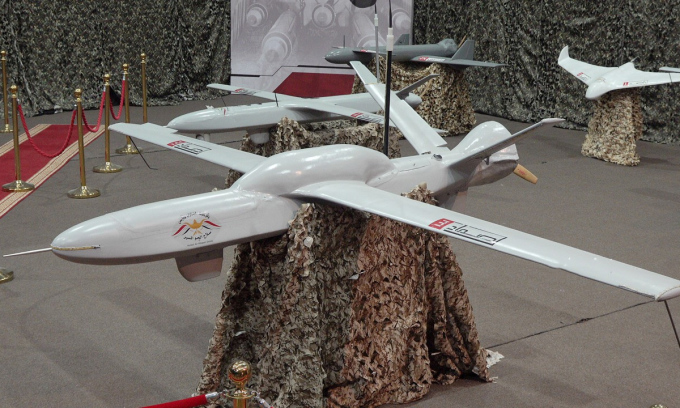
UAV model in the Houthi force event in Yemen in July 2019. Photo: Reuters
Among the weapons the Houthis used to attack cargo ships were UAVs with electro-optical systems that could detect and transmit coordinates of cargo ships or warships operating near the Yemeni coast. The Houthis could also receive information from civilian ships used for reconnaissance in the area, which are small in size, operate everywhere and are difficult to distinguish from ordinary ships.
Information from open sources such as the Automatic Identification System (AIS), which is used to determine the location of ships at sea, could be used by the Houthis for attacks. While ships may turn off AIS when passing through the Bal el-Mandeb Strait or the Red Sea, publicly available information can still help determine their location.
In addition, the Iranian cargo ship Behshad anchored in the Red Sea is suspected to be a forward command and reconnaissance base of the Islamic Revolutionary Guard Corps (IRGC).
The Behshad can collect information about vehicles passing through the area and pass it on to the Houthis so they can target them. Several other Iranian vessels in the Red Sea, Gulf of Aden and Strait of Hormuz are believed to be doing the same job as the Behshad.
“When the US attacked radar sites in Yemen, to what extent could the Behshad provide targeting information to support Houthi operations?” Carter said. According to this expert, the IRGC has sent experts to Yemen to support Houthi operations and these people can help them with targeting.
The unknown number of drones and missiles the Houthis have in their inventory that can be guided by mobile radar or other sensors further complicates the task of eliminating their ability to attack shipping. The Houthis could easily hide these drones and missiles in mountainous areas and quickly redeploy them for attack.
According to Carter, the Houthis need to deploy and activate radar and launcher complexes in the right place and at the right time to effectively target ships moving at sea. Some missiles with quite complex guidance systems still need base coordinates to operate.
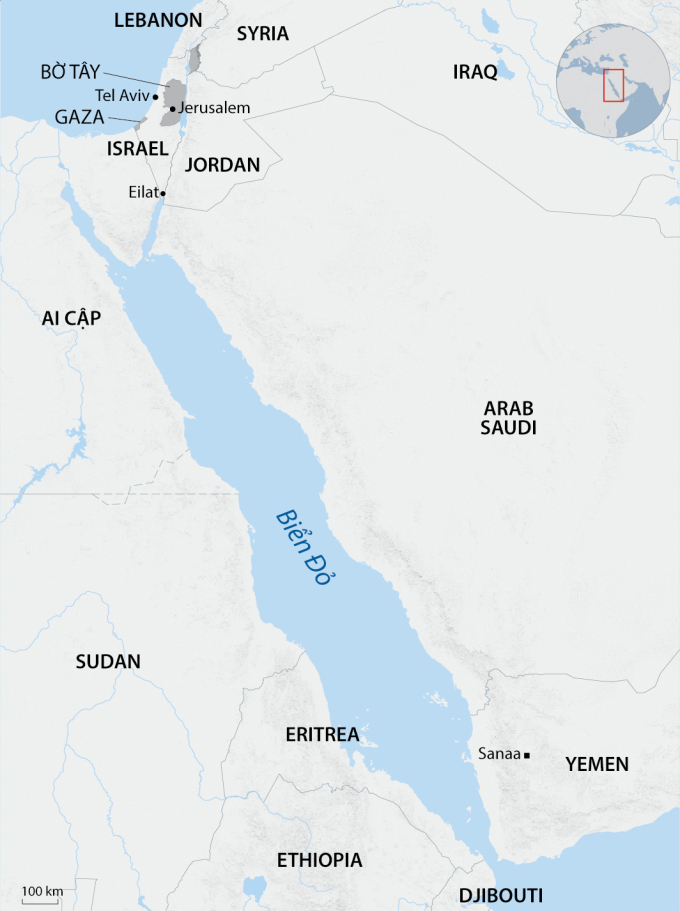
Location of Yemen and the Red Sea coastal states. Graphic: AFP
"The coalition can hit these targets, but it can't stop the Houthis from redeploying them. How long do we have to hit these Houthi targets? Are they every two, three, four days? If we stop, I think Iran will help the Houthis recover these assets," Carter said.
The cost of intercepting Houthi attacks is rising. Meanwhile, the shipping industry faces significant increases in travel costs and time as cargo ships are forced to take longer routes than through the Red Sea. Despite this, the US has not targeted the Behshad or Iranian supplies to the Houthis.
Carter said the US is trying to conduct precision airstrikes to degrade the Houthis’ capabilities without threatening their ability to control Yemen, in order to avoid creating a power vacuum that could allow extremist groups to emerge. The move is also likely to avoid upsetting Saudi-brokered peace talks between the Houthis and Yemen’s internationally recognized government.
"This really narrows down the target list. If we want to inflict heavy damage on the Houthis, we have to target locations that can be used to launch attacks on shipping in the Red Sea, but also where the Houthis can launch offensive operations against the enemy," Carter said.
"Saudi Arabia still wants the warring parties in Yemen to reach a peace agreement. Attacking the above-mentioned locations could anger the Houthi forces and collapse the ceasefire agreement in Yemen, which is a real priority of the administration of US President Joe Biden," the expert explained.
Nguyen Tien (According to Forbes, Reuters, AFP )
Source link


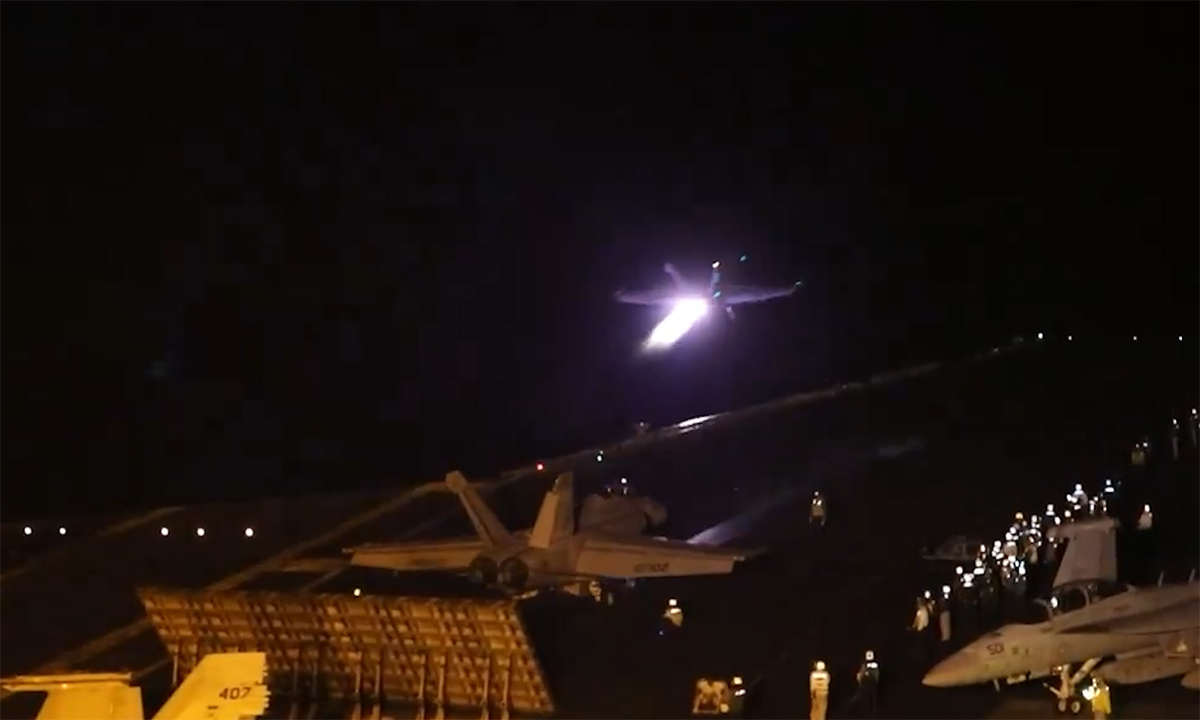








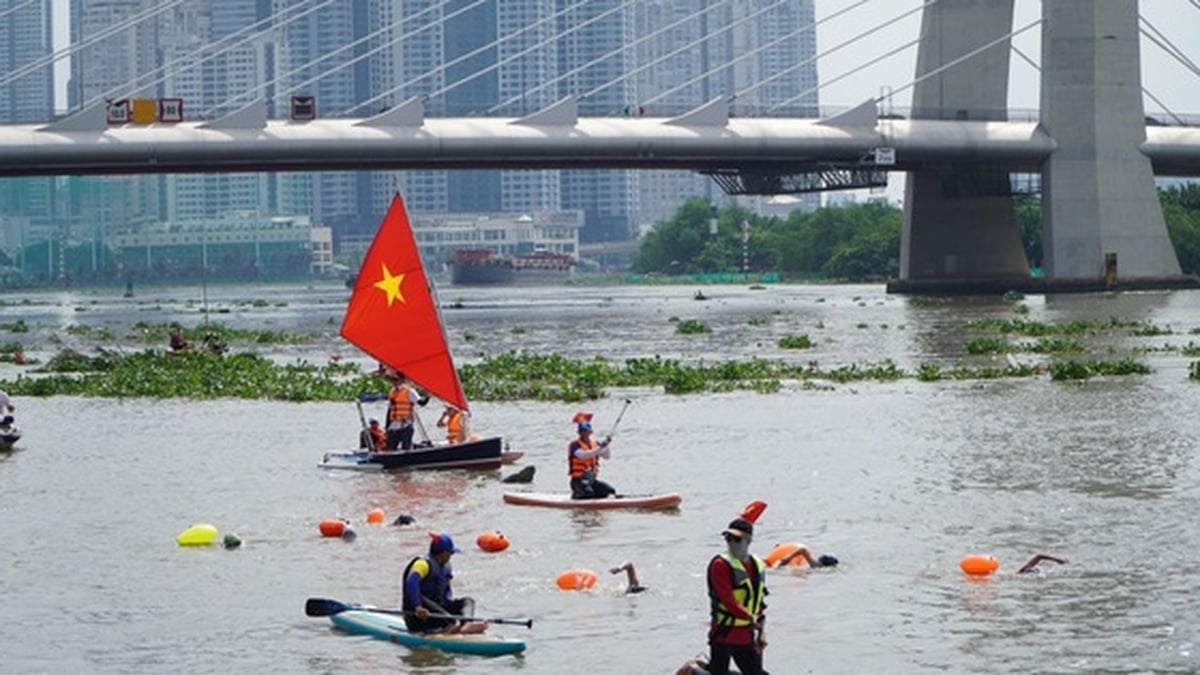

















































![[Maritime News] More than 80% of global container shipping capacity is in the hands of MSC and major shipping alliances](https://vphoto.vietnam.vn/thumb/402x226/vietnam/resource/IMAGE/2025/7/16/6b4d586c984b4cbf8c5680352b9eaeb0)












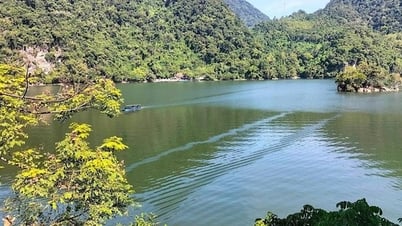

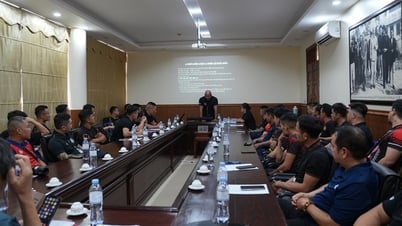























Comment (0)